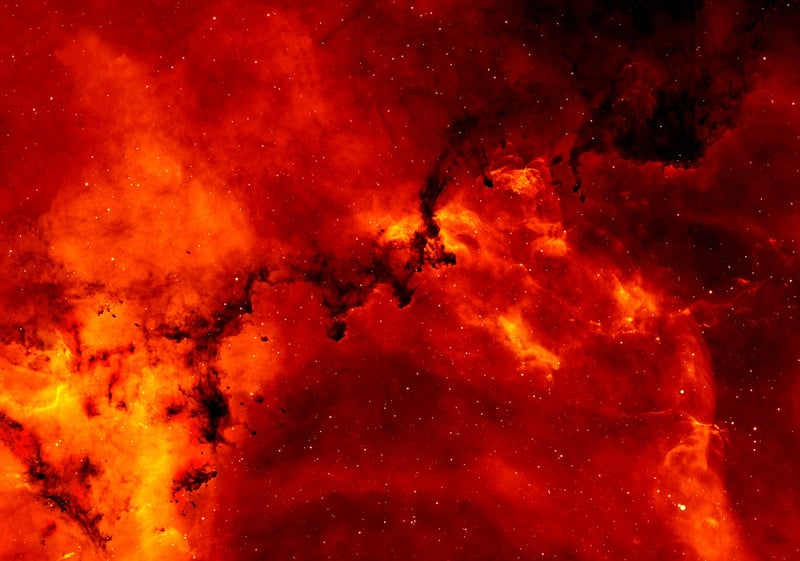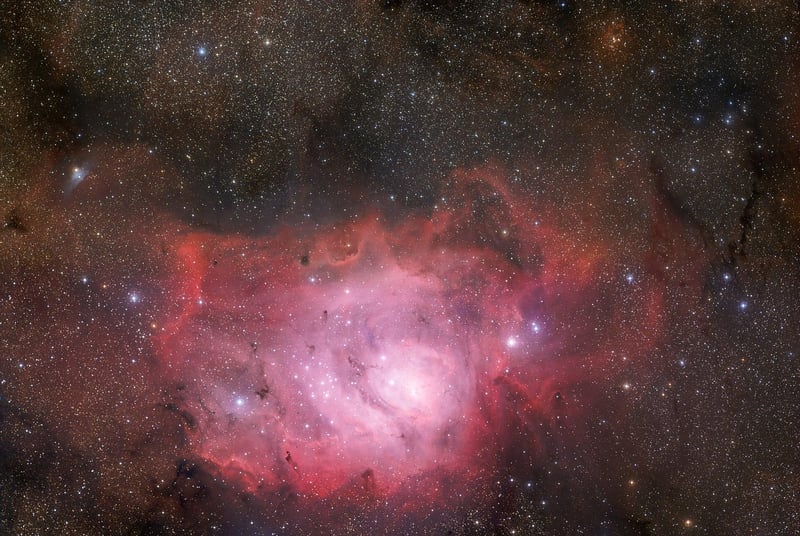Nebula Exploration
Charting the Unknown Realms: Nebula Exploration

Exploring the vast and mysterious realms of space has always fascinated humanity. Among the many enigmatic wonders of the universe, nebulae stand out as breathtakingly beautiful and scientifically intriguing cosmic phenomena.
What are Nebulae?
Nebulae are vast clouds of dust, hydrogen, helium, and other gases scattered throughout the cosmos. These stunning formations can range in size from a few light-years to hundreds of light-years across.
Types of Nebulae
There are several types of nebulae, including:
- 1. Emission Nebulae: These nebulae glow brightly due to the ionization of gases by nearby stars.
- 2. Reflection Nebulae: These nebulae reflect the light of nearby stars, creating a beautiful blue glow.
- 3. Planetary Nebulae: The remnants of dying stars, these nebulae exhibit intricate and colorful patterns.
- 4. Dark Nebulae: These dense clouds of dust block the light from objects behind them, creating dark patches in the sky.
Exploring Nebulae
Modern telescopes and space probes have allowed scientists to study nebulae in great detail. By analyzing their composition, structure, and interactions with surrounding stars, researchers can unravel the mysteries of these cosmic wonders.
The Future of Nebula Exploration
As technology advances, the future of nebula exploration looks promising. With upcoming missions and space telescopes, scientists hope to delve even deeper into the secrets of nebulae, expanding our understanding of the universe.
Join us on this incredible journey as we continue to chart the unknown realms of nebula exploration!
For more stunning images of nebulae and space exploration, visit Pixabay.
